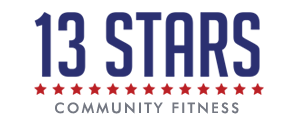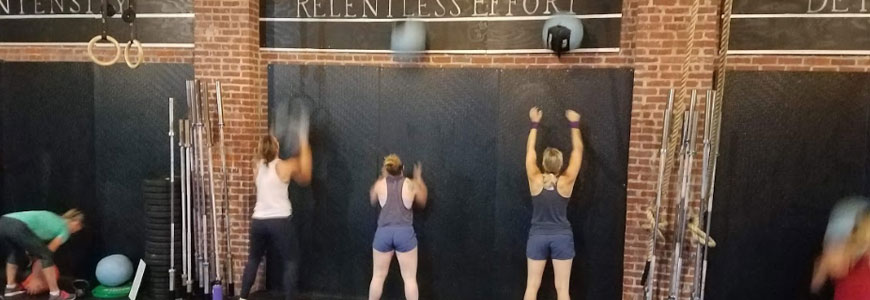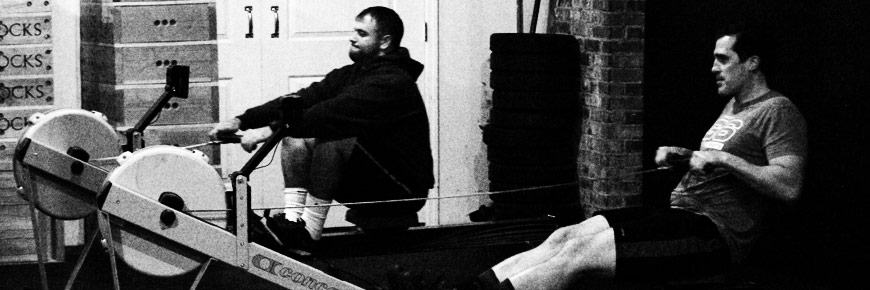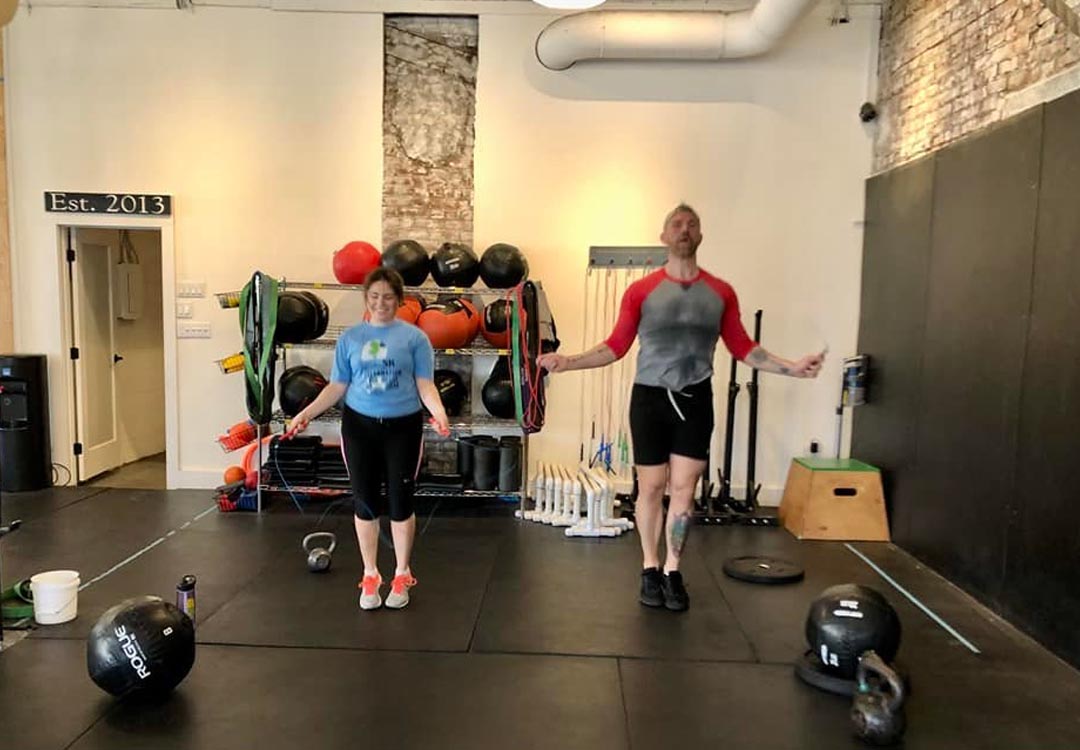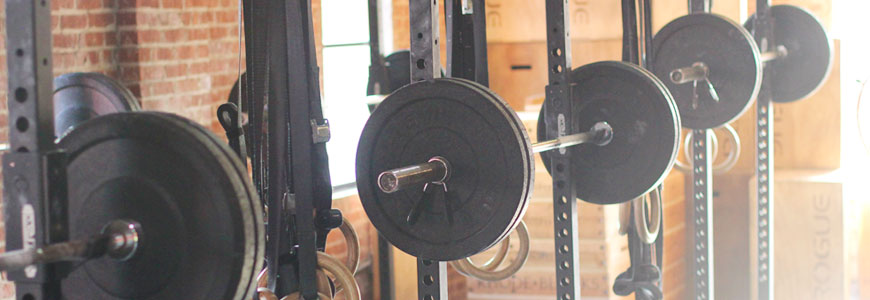STRENGTH
Hang Power Clean: 3×5 @ 75% of 1RM
then
Press: 3RM
HELPFUL INFO
One of the best ways an athlete can test their upper body strength and power is with the press (aka overhead press, strict press, military press, standing press). After all, it tends to be a little more “functional” when compared to a supine bench press. Additionally, this lift tends to have a ton of carry over between strength sports.
Powerlifters, weightlifters, strongman competitors, and functional fitness athletes can all benefit from having a strong press. The press will help build and support a stronger bench, stronger lockout, and stable core.
Multiple programs consider the overhead press as one of the main compound movements, and typically have their own day built around it. Today we’ll discuss the seven benefits that come from the standing overhead press, but first how to properly press.
1. Epic Core Strength
It’s no secret that overhead pressing requires our stabilizing muscles to kick in and create a strong posture and torso. In this scenario, we’re talking about the EMG activation of the rectus abdominis, external oblique, and erector spinae.
When testing athletes in bilateral and unilateral dumbbell shoulder presses (along with seated vs. standing), activation of all three selected muscle groups were higher in the standing population, and even more so with unilateral pressing. This study looked at dumbbell presses, but barbell pressing will engage the core as well and will have a similar response.
2. Iron Made Delts
The prime mover in the overhead press are the anterior/medial deltoids, which are the front/center part of your shoulder muscle. In addition, the overhead press will strengthen the posterior deltoids, which a lot of upper body exercises fail to do. It’s common to incorporate all of the deltoid heads in various pressing movements, but not equally.
The overhead press relies on strong deltoids to move weight. Your anterior deltoid initiates the movement, the medial progresses the lift, and the posterior stabilizes/finishes your press. You can’t have an amazingly strong overhead press without built delts.
3. Stronger Bench Presses
A strong overhead press will equate to a strong bench press. These lifts both utilize similar musculature, but one is from a horizontal body position, while the other is vertical. Overhead pressing requires a bit more of the upper-back musculature to play a role in presses, which can help strengthen the bench press’s eccentric movement.
In fact, it’s been suggested that the bench press can be used to predict upper body strength in other lifts. Researchers found that a 6RM bench press test was able to predict a dumbbell shoulder press with a +/- 5kg difference. Vice versa, if your shoulder press is strong, then you’re more than likely able to bench a fair amount of weight similar to it.
4. Increased Lockout Power
There’s no denying that as your strength increases, so does your ability to create power. A stronger muscle will possess a higher neural capacity (increased motor unit firing efficiency) and increased muscle thickness. These both help influence how much power an athlete can create during an explosive bout.
Strong lockouts in any form of overhead movement will be improved with a stronger overhead press. With a heavier press, an athlete will feel more comfortable holding weight overhead, so whether it’s a strict press or a clean & jerk, an athlete will feel better with heavy weights overhead. Additionally, a stronger press will make an athlete’s mechanics better, even when moving maximal loads (avoiding early extension, shifting the weight forward, etc).
5. Increased Jumping Abilities
Yes, you read that correctly. A great vertical jump, broad jump, and box jump all have two things in common. One, they require ample speed and power. Two, they require an athlete to possess a certain level of mechanics and coordination. Great jumps are made up of multiple joints working in unison, so it only makes sense that correct arm swing (vertical arm drive) will play a role in an athlete’s jump.
An increased overhead press will have an indirect impact on an athlete’s ability to generate arm swing power. Proper arm swing can increase a jump’s height by roughly 30%, and improve an athlete’s velocity. Granted, an athlete must possess proper jumping mechanics before arm swing will impact their jump, but it’s an interesting thought. Stronger pressing, quicker sequenced arm movements, better jumping mechanics.
6. Bigger Traps
This may be a superficial point, but heavy presses will strengthen and build the upper/mid trap. The traps engage to stabilize the weight overhead and complete the lockout. Shrugs are great for improving trap strength directly, but they fail to work an athlete’s stability. When weight moves forward or backwards at the top of the press, these are the muscles that will fire to keep it from dumping and support lockouts, which is great for Oly lifters.
7. Multi-Sport Carryover
A lot of athletes benefit from training their core from an anti-extension standpoint. As a population we spend a lot of our time in a flexed position (sitting at desks all day, hunched over phones, etc). This makes training the core from weighted flexed position counter intuitive in some respects.
The overhead press will strengthen the back and torso by requiring the athlete to resist going into hyperextension of the lumbar. This will strengthen the erectors, obliques, rectus abdominis, deep core musculature, and will improve sports performance. For example, a stronger press (improved anti-extension) could help running performance by resisting early extension during a sprint, and improve an athlete’s strength on their feet when coming into contact with others.
Taken from https://barbend.com/overhead-press-benefits/.
